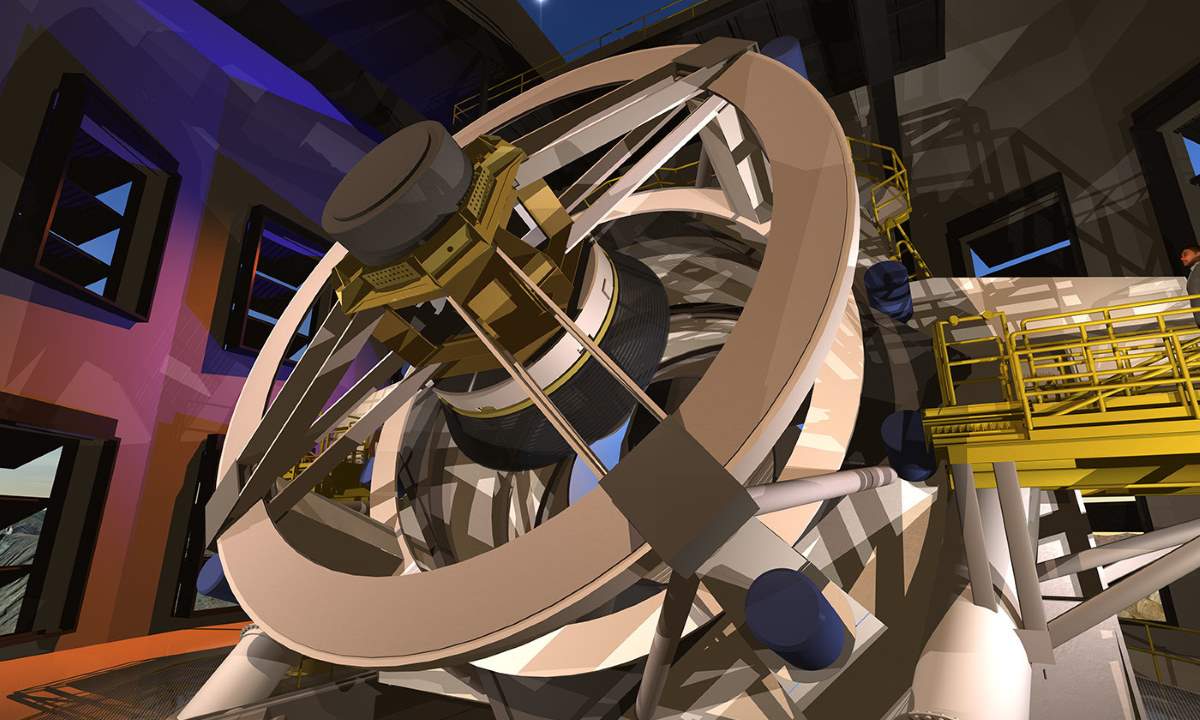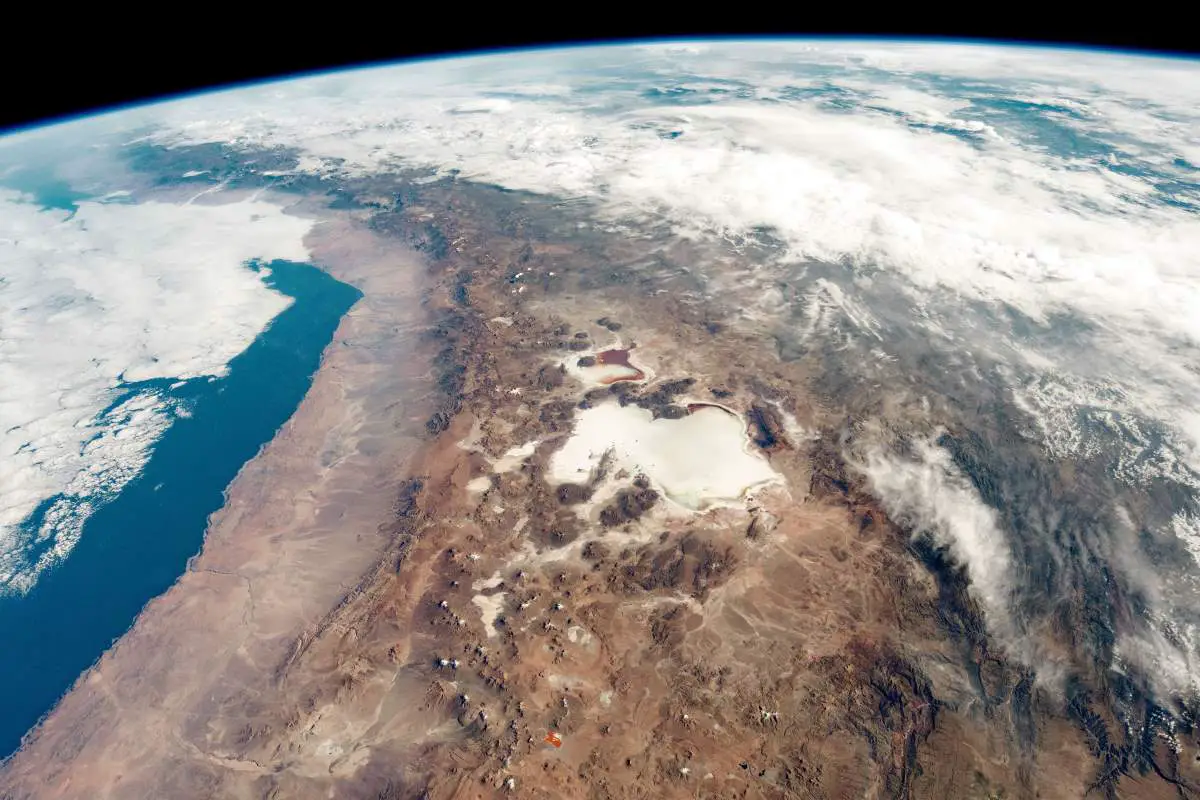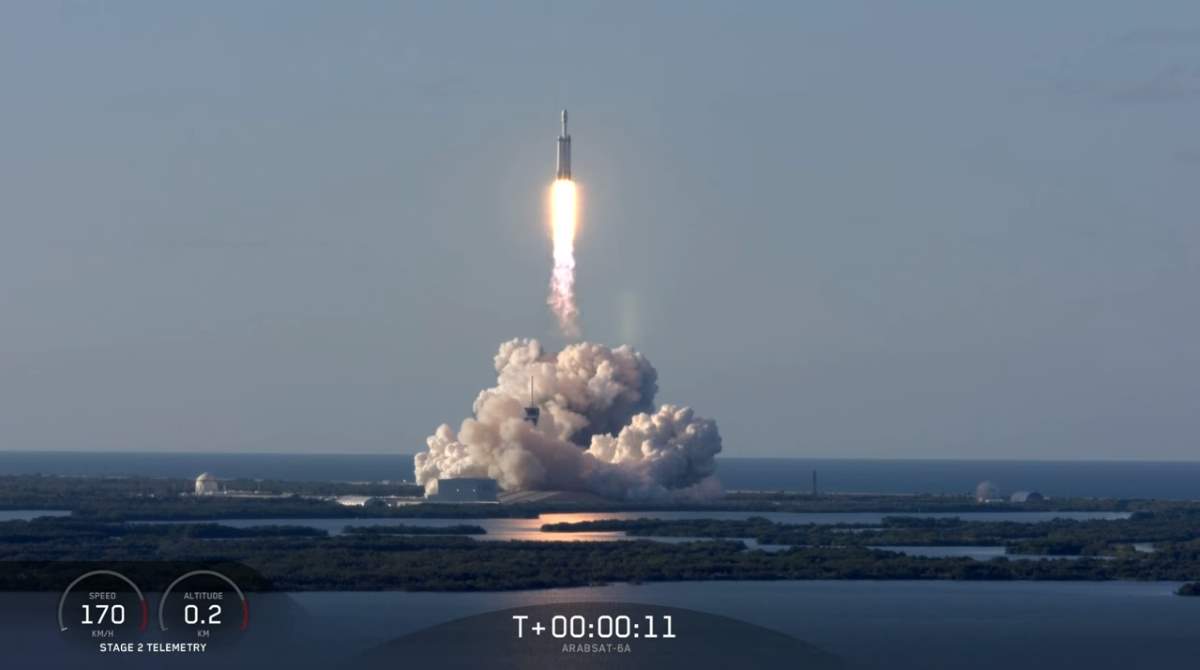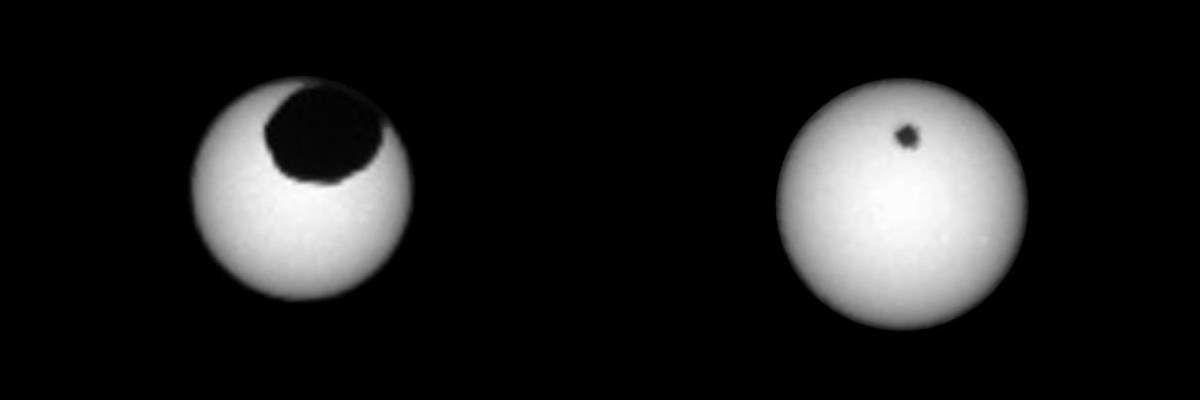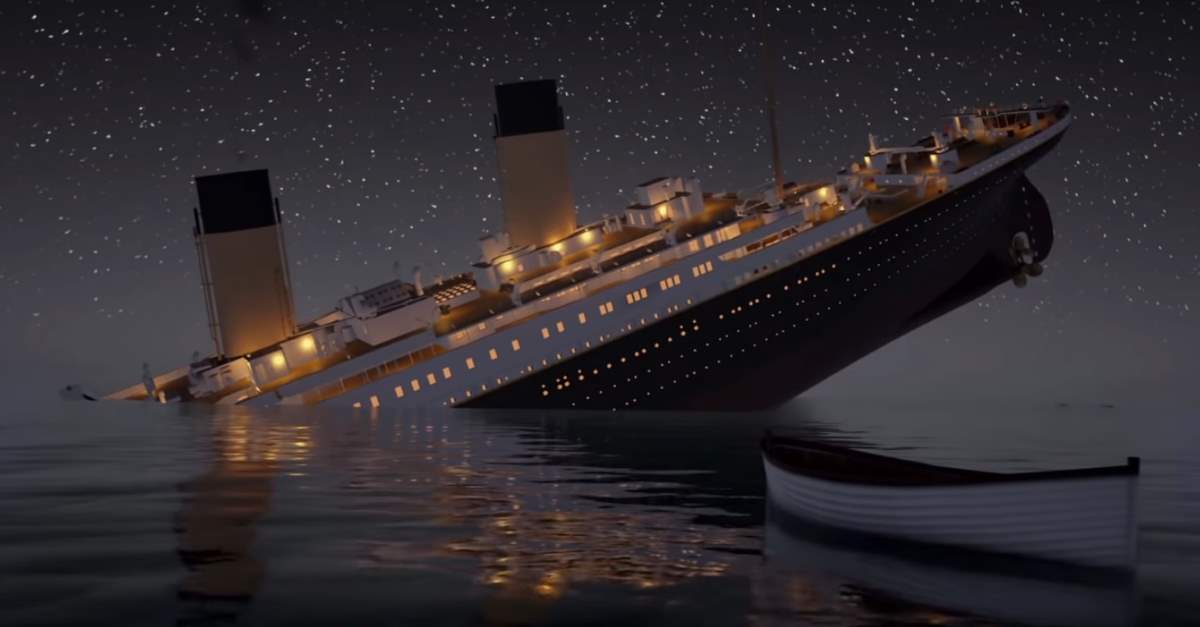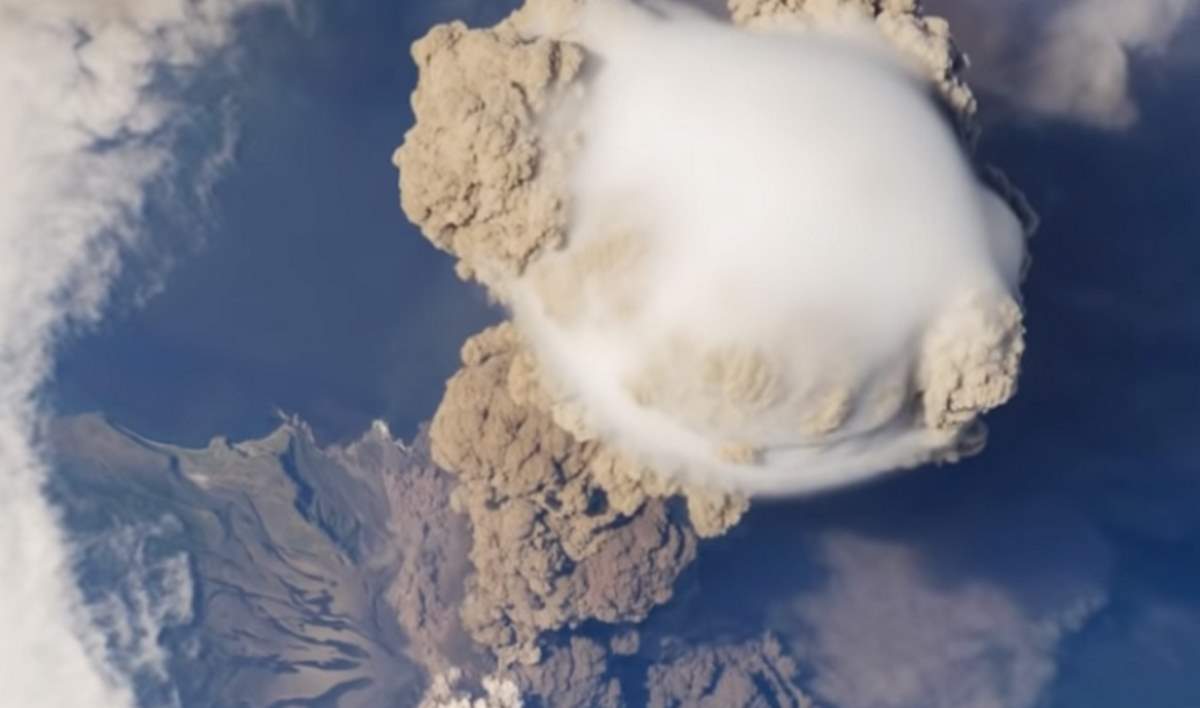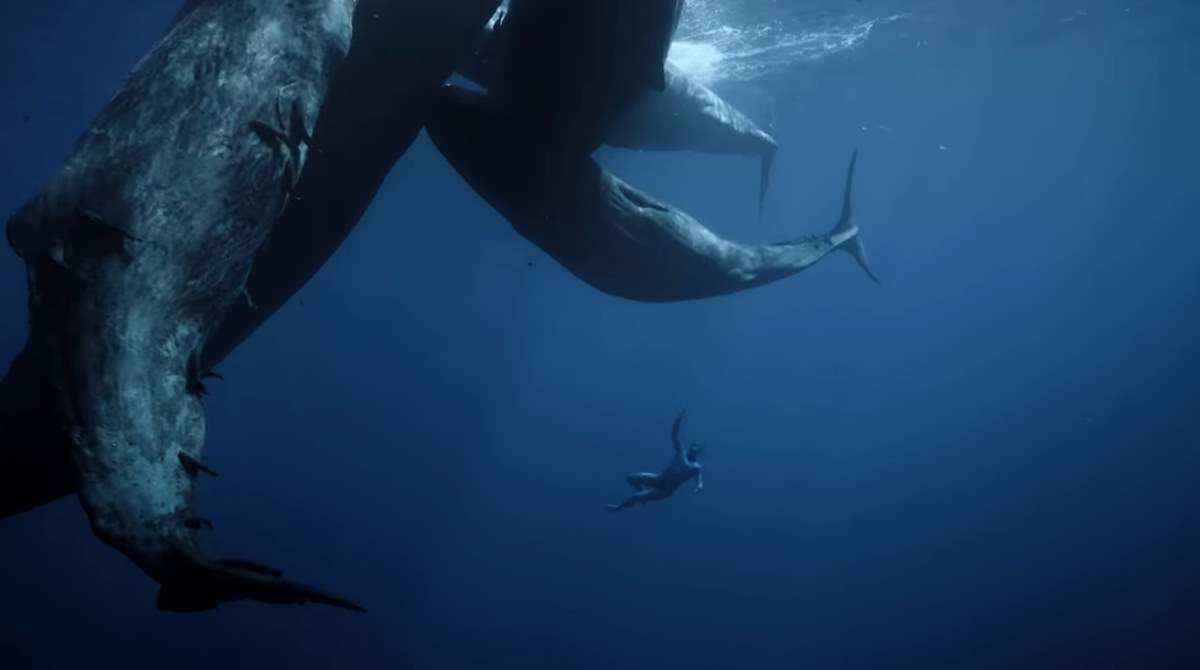Even if we stop destroying Earth’s wilderness today, it would take 3 to 5 million years for Earth to recover from the 6th mass extinction, scientists warn.
Continue reading “It would take at least 3 million years for Earth to recover from the 6th mass extinction”What high-speed astronomy can tell us about the galactic zoo
For most of human history, the distant ‘celestial sphere’ was regarded as perfect and unchanging. Stars remained in place, planets moved predictably, and the few rogue comets were viewed as atmospheric phenomena. This began to change with the Danish astronomer Tycho Brahe’s observation of the supernova of 1572 – apparently, a new star – and his studies of the Great Comet of 1577, which he proved was actually a distant object. Nonetheless, the impression of permanence is strong. There are very few astronomical objects that noticeably vary to the naked eye: only the brightest comets, novae, and supernovae. For observers in the northern hemisphere, the last naked-eye supernova was in 1604.
Continue reading “What high-speed astronomy can tell us about the galactic zoo”Salar de Uyuni salt flat from space
While orbiting over South America” on March 17, 2019, an astronaut aboard the International Space Station (ISS) shot this photograph of the Atacama Desert, the driest non-polar desert in the world, and the numerous salt flats in the Andes Mountains along the border of Chile and Bolivia. The centerpiece is the Salar de Uyuni, the largest salt flat on Earth.
Continue reading “Salar de Uyuni salt flat from space”SpaceX launches the second Falcon Heavy
On April 11, 2019, the American space company SpaceX launched its second Falcon Heavy rocket, and this time, landed all three boosters successfully.
Continue reading “SpaceX launches the second Falcon Heavy”First-ever image of a Black Hole
This is the first image ever of a black hole. The EHT (Event Horizon Telescope) captured an image of the nearby elliptical galaxy Messier 87’s (M87’s) supermassive black hole in the center of the Virgo galaxy cluster, 53 million light-years away. It was revealed today (April 10, Wednesday) in multiple press conferences around the world, and was the result of a global collaborative effort from over 200 scientists working with the EHT.
Continue reading “First-ever image of a Black Hole”NASA’s Curiosity Rover captures two solar eclipses on Mars
In March 2019, NASA’s Mars Curiosity rover captured two solar eclipses created by each of the planet’s tiny moons, Phobos and Deimos.
Continue reading “NASA’s Curiosity Rover captures two solar eclipses on Mars”Titanic sinking in real-time
On April 15, 1912, RMS Titanic, which was the largest ship afloat at the time she entered service, sank in the North Atlantic Ocean after colliding with an iceberg during her maiden voyage from Southampton to New York City.
It was one of the deadliest commercial marine disasters in modern history: of the estimated 2,224 passengers and crew aboard, more than 1,500 died. Here is a real-time animation of the RMS Titanic’s sinking below, published by Titanic: Honor And Glory channel.
Continue reading “Titanic sinking in real-time”Sarychev Volcano eruption from the ISS [Amazing Video]
On June 12, 2009, a fortuitous orbit of the International Space Station (ISS) made it possible for an astronaut onboard to capture the Sarychev Volcano in the early stages of the eruption.
Continue reading “Sarychev Volcano eruption from the ISS [Amazing Video]”Dancing with the whales [amazing freediving video!]
French freediving champion Guillaume Néry, and his wife, the French freediver, underwater filmmaker, and dancer Julie Gautier published an amazing freediving video titled “One breath around the world”.
In the video, Néry plunges into the ocean’s hidden depths, revealing remarkable views of marine geology and wildlife, without the aid of supplied air. There are many amazing scenes like “dancing with the whales”.
Continue reading “Dancing with the whales [amazing freediving video!]”Moon Landings Faked? Filmmaker Says Not!
Despite there is huge empirical evidence readily available to show that six crewed Moon landings (1969-72) did occur, many conspiracy theorists hold that the Apollo Moon landings were a hoax.
Continue reading “Moon Landings Faked? Filmmaker Says Not!”
